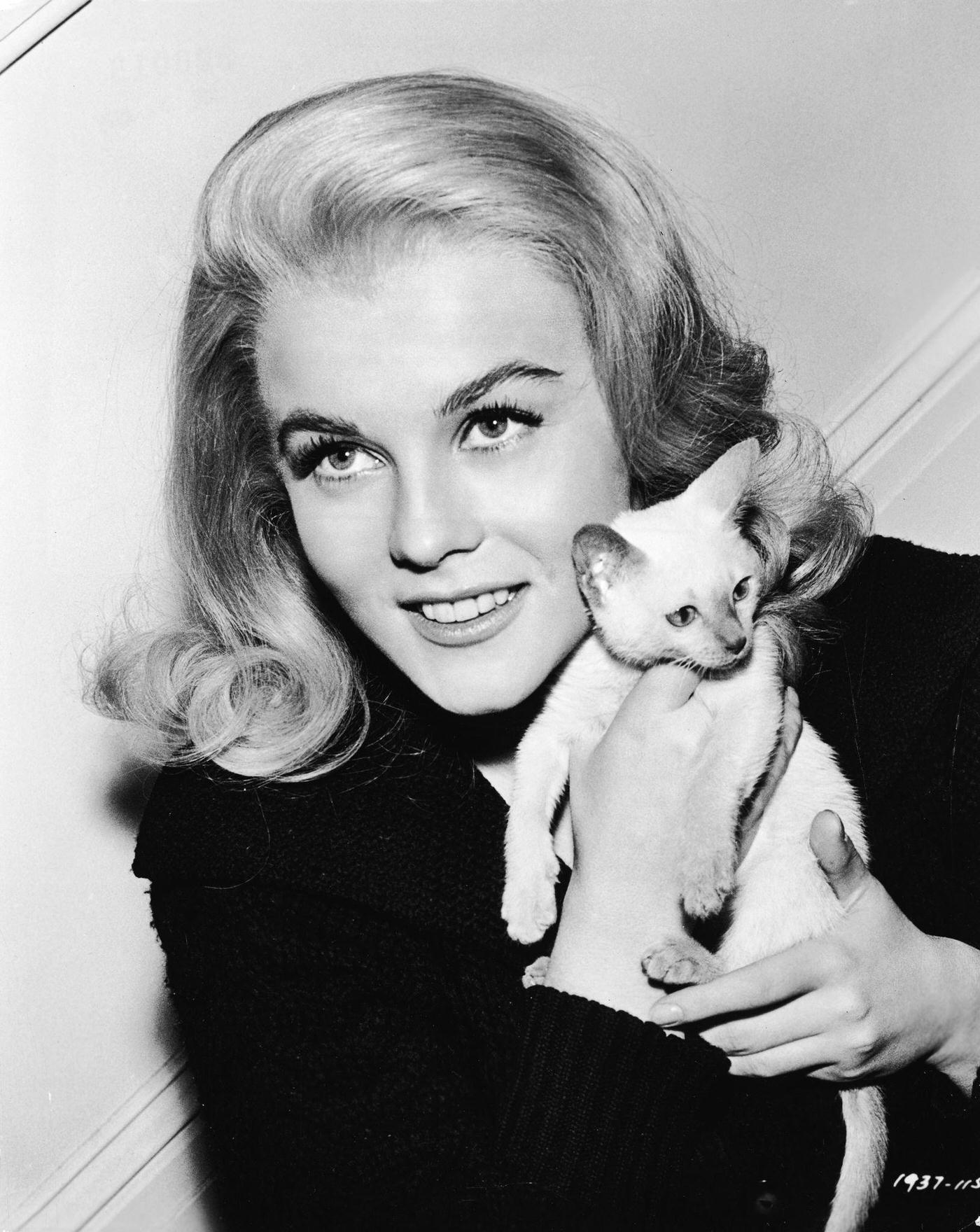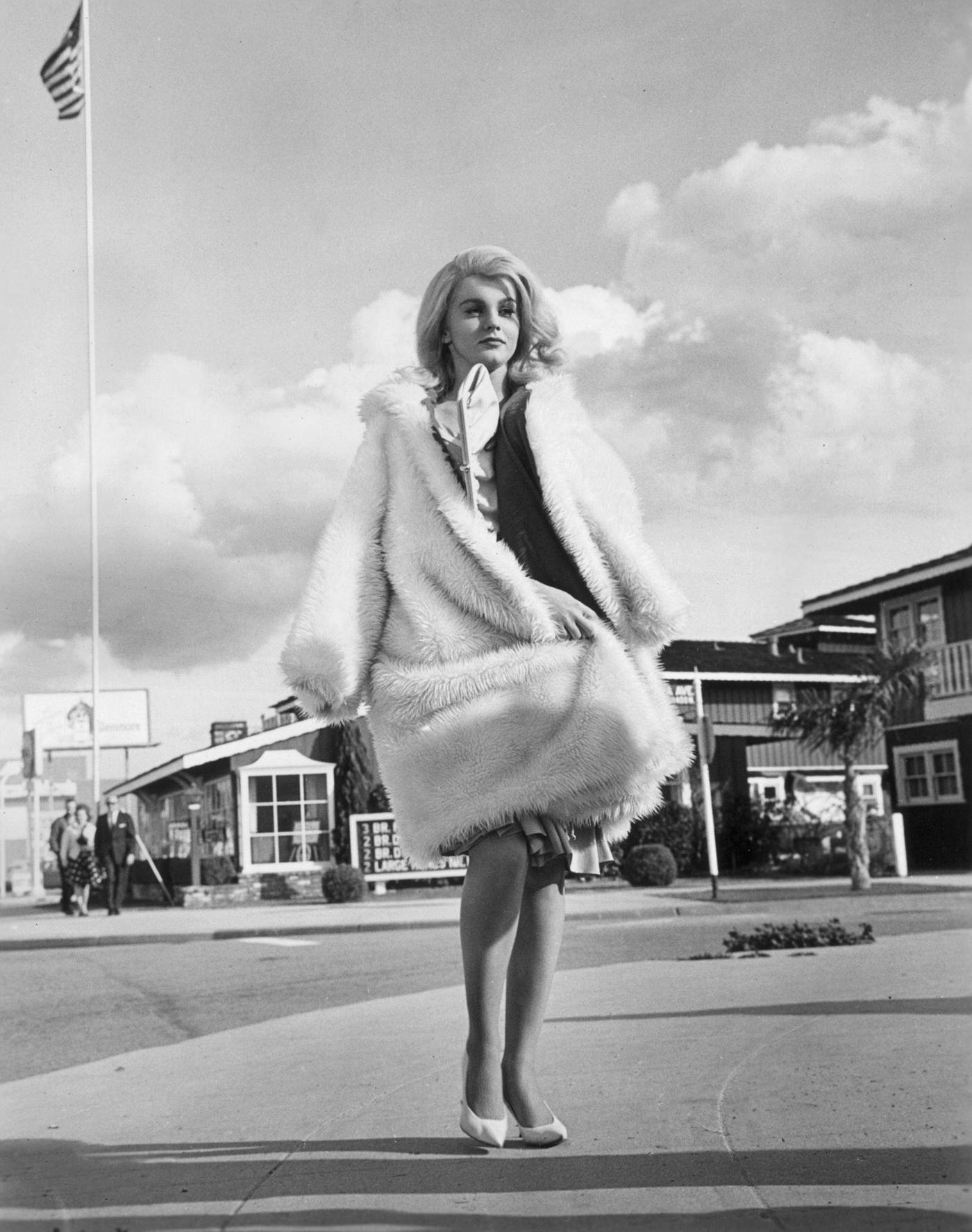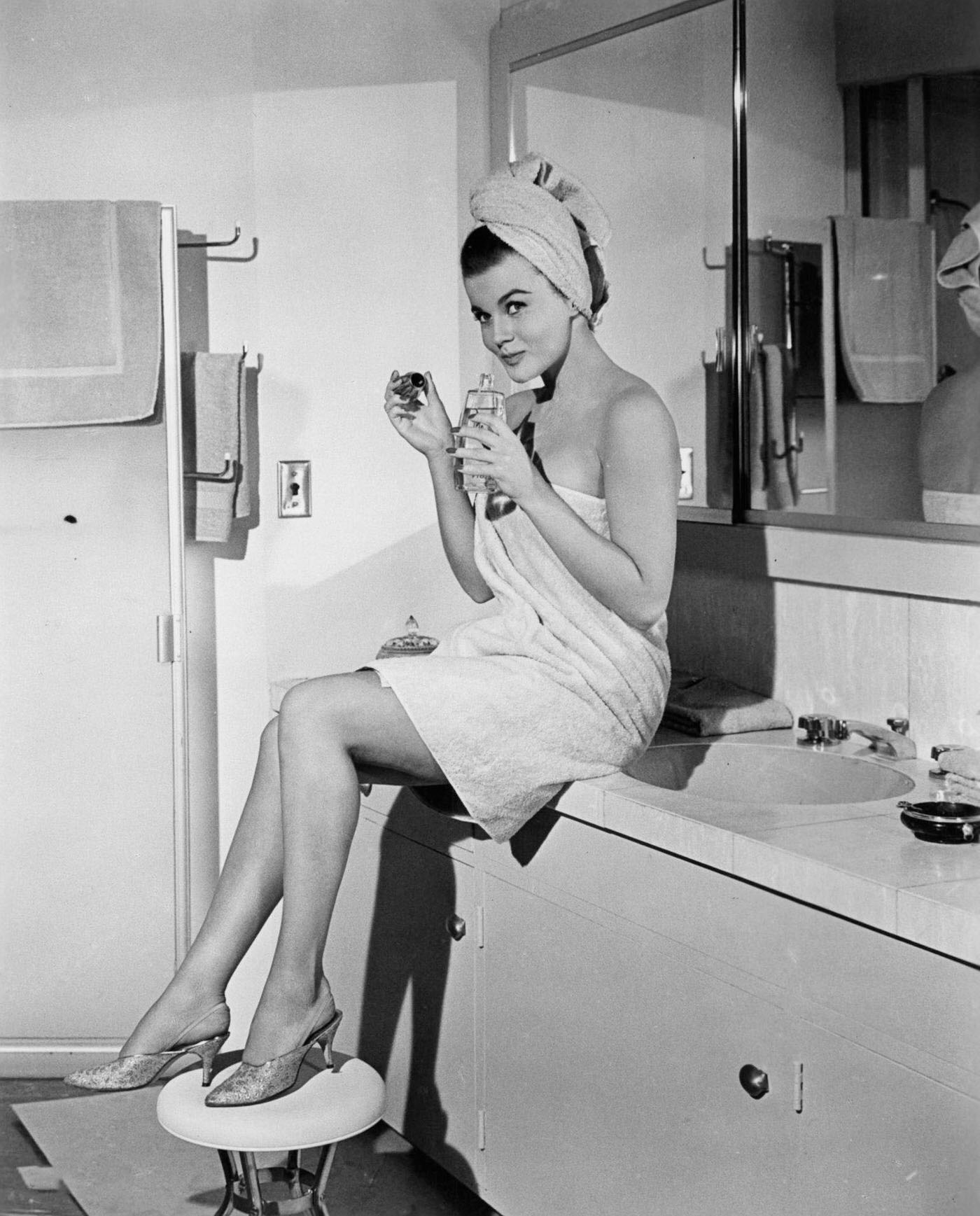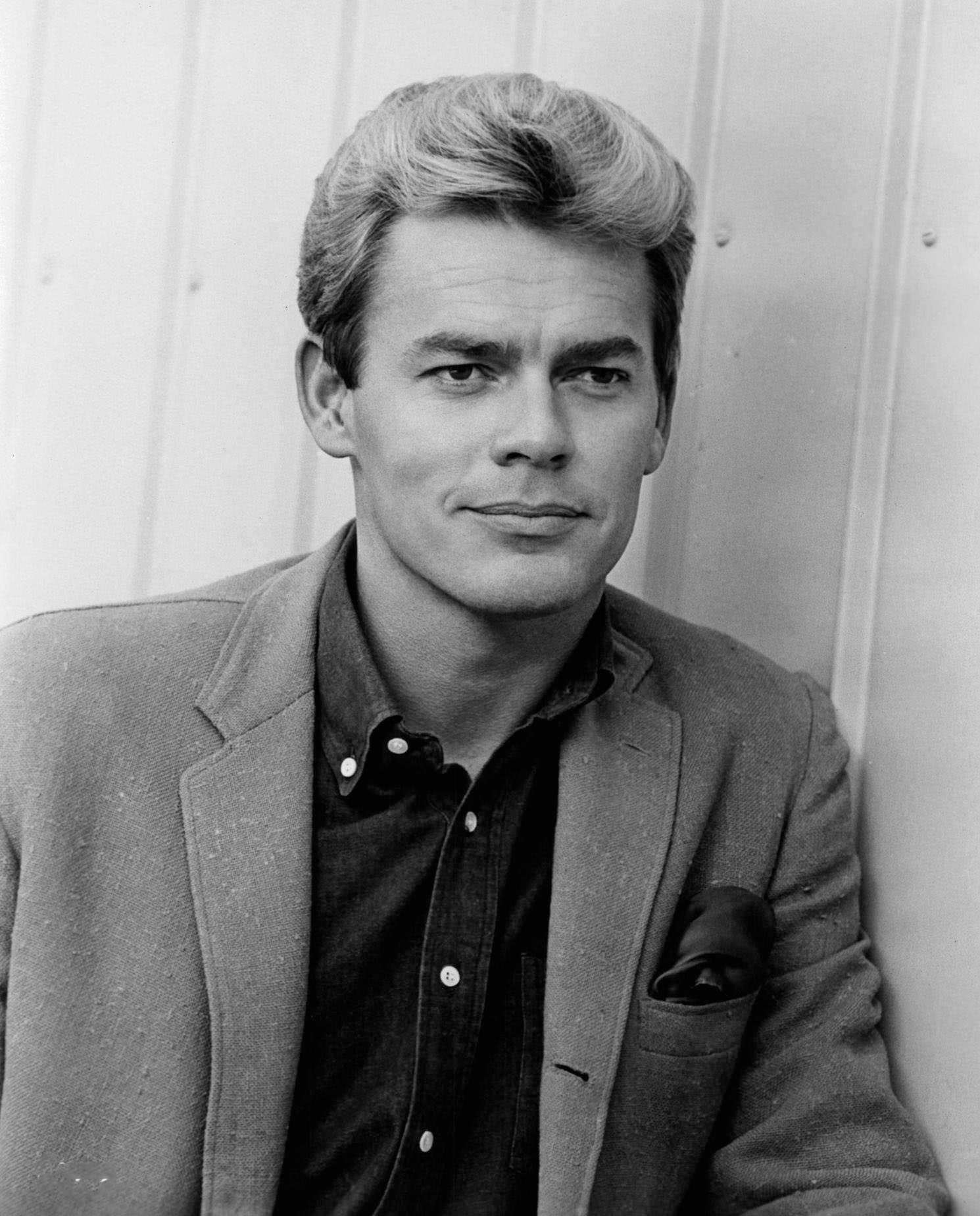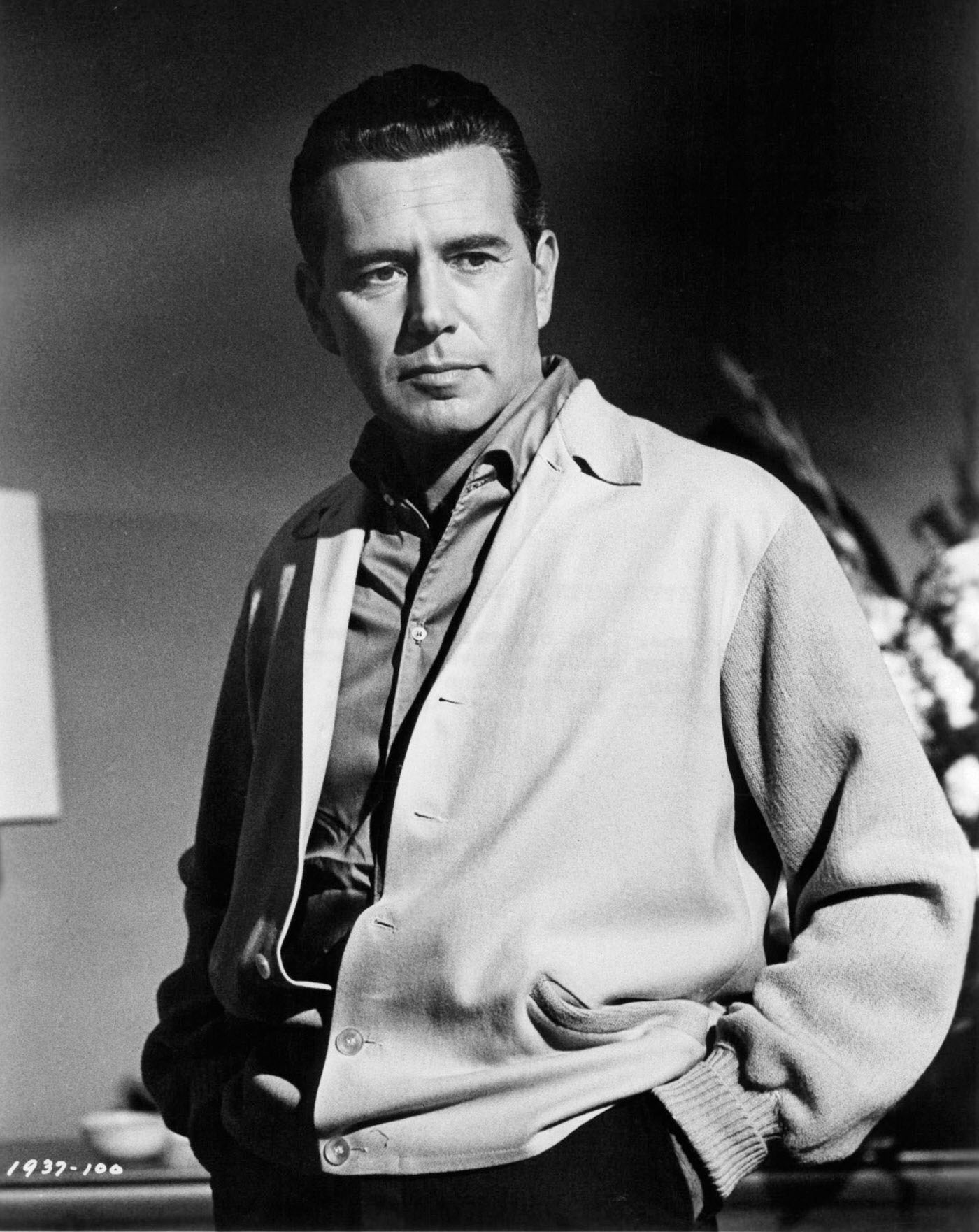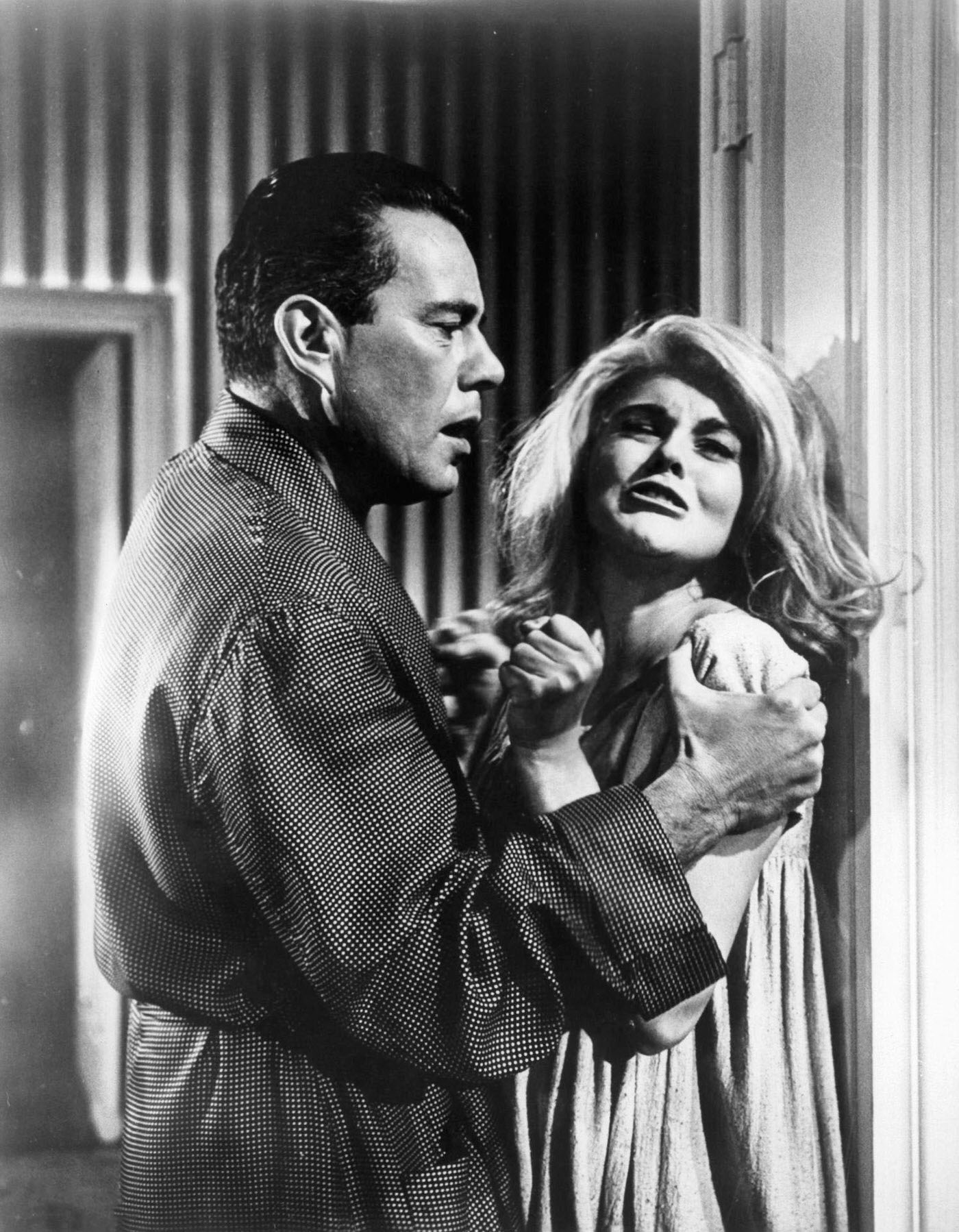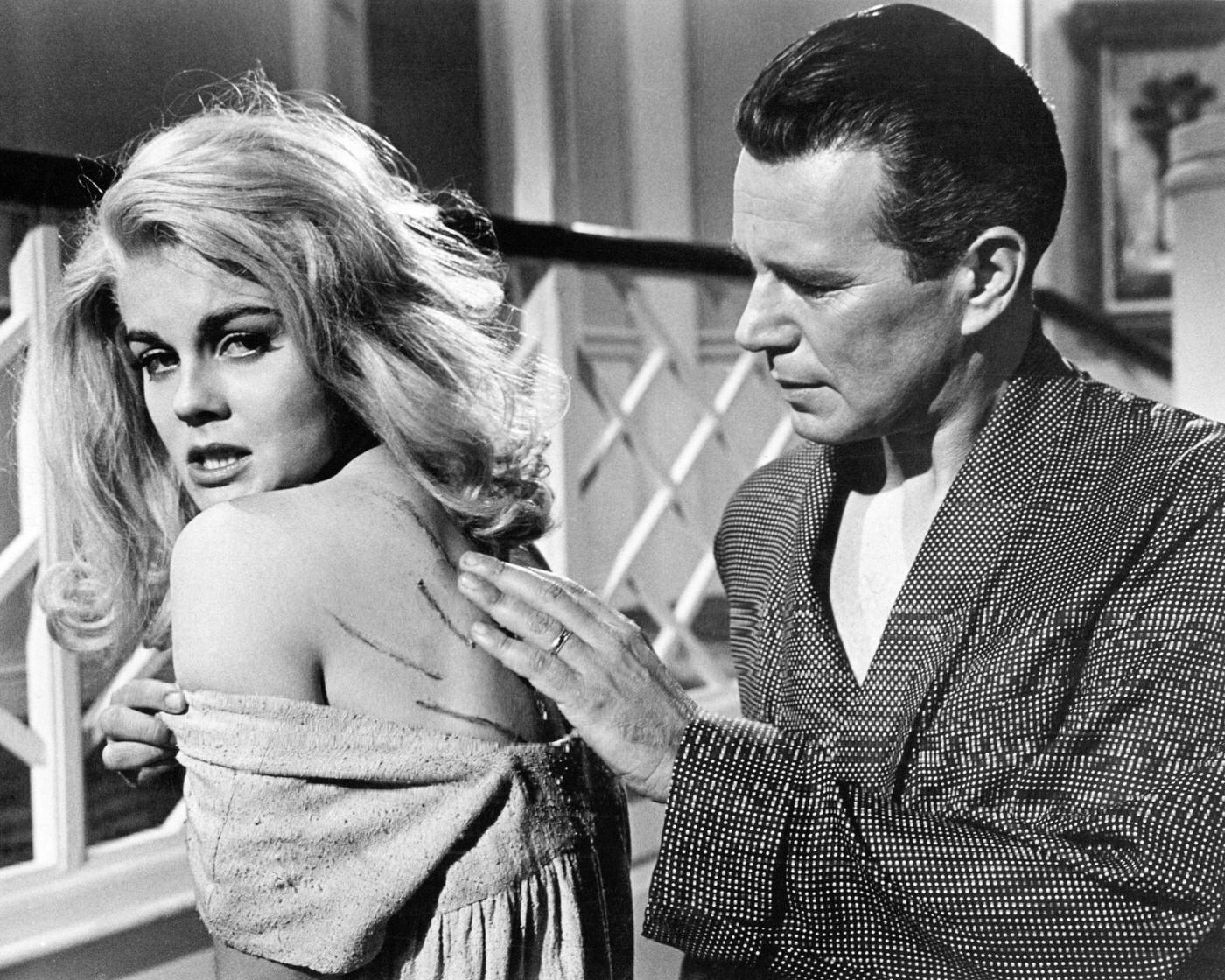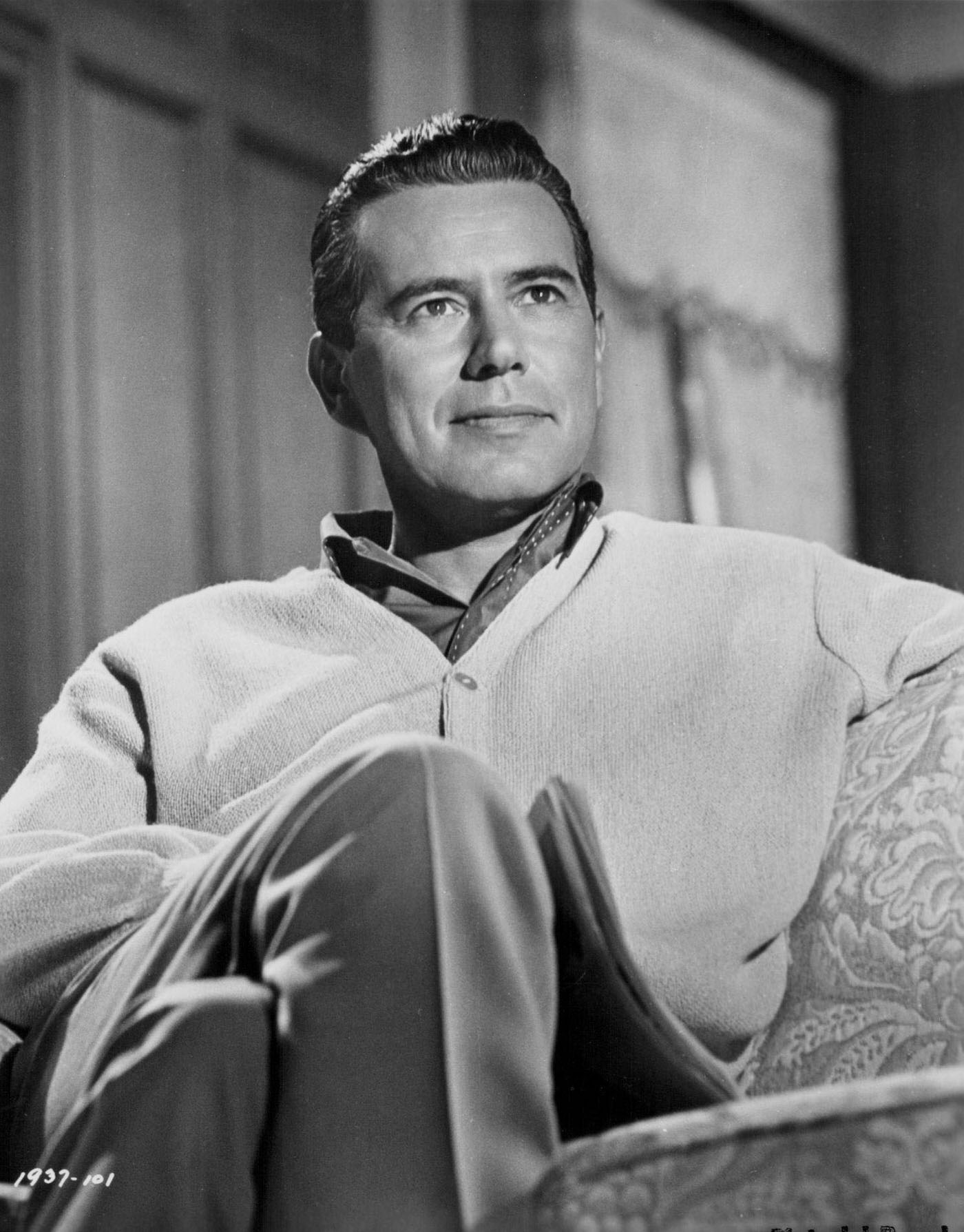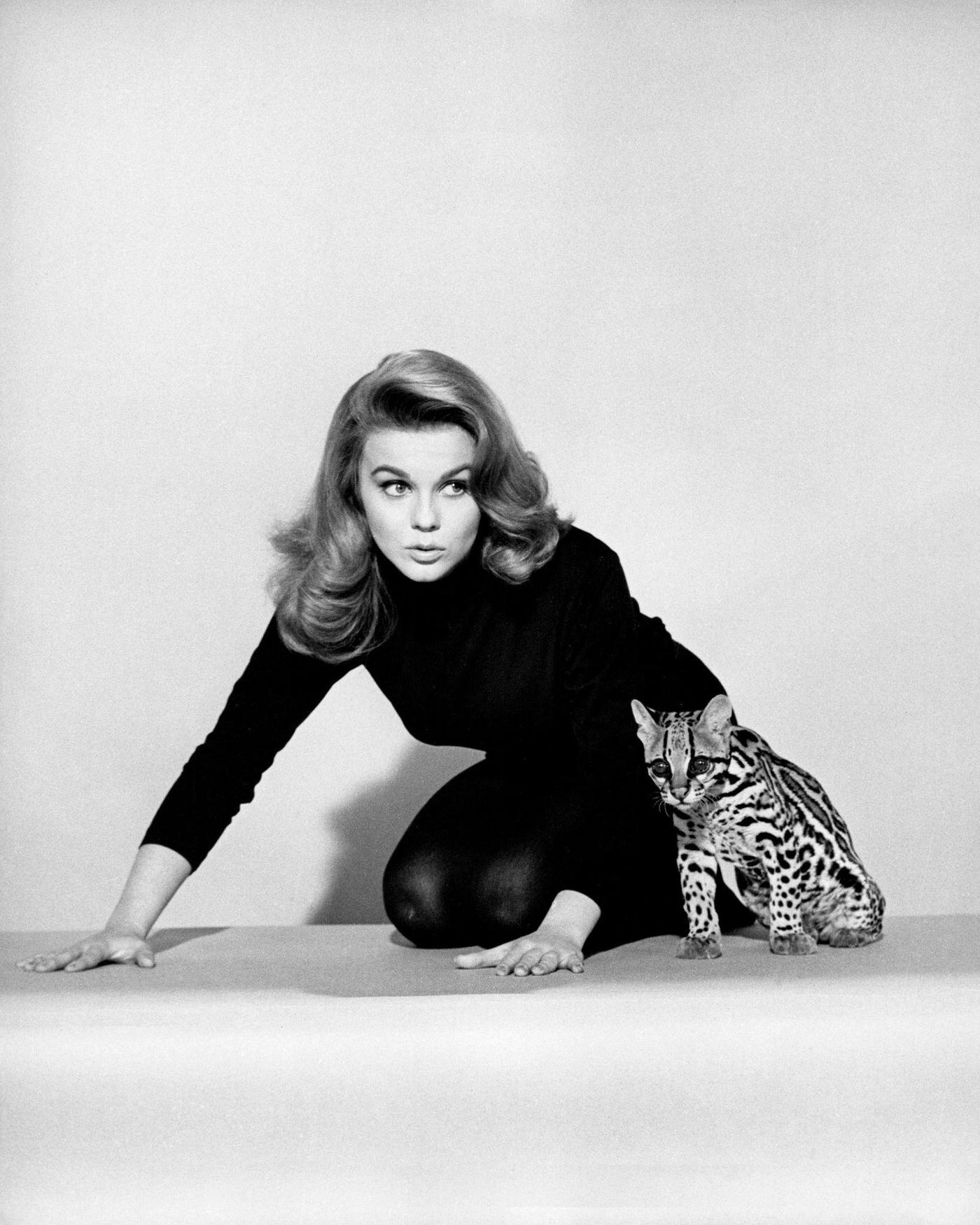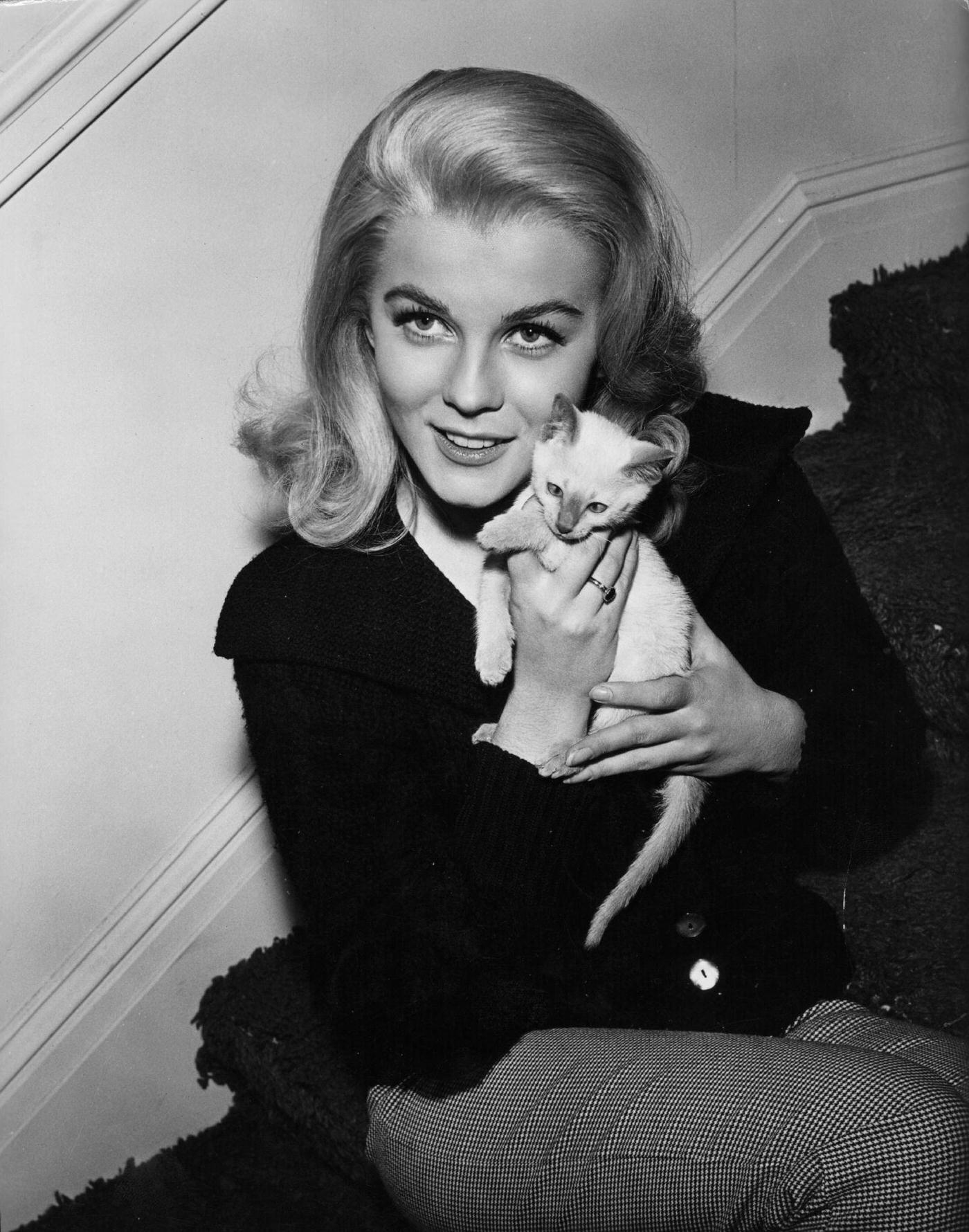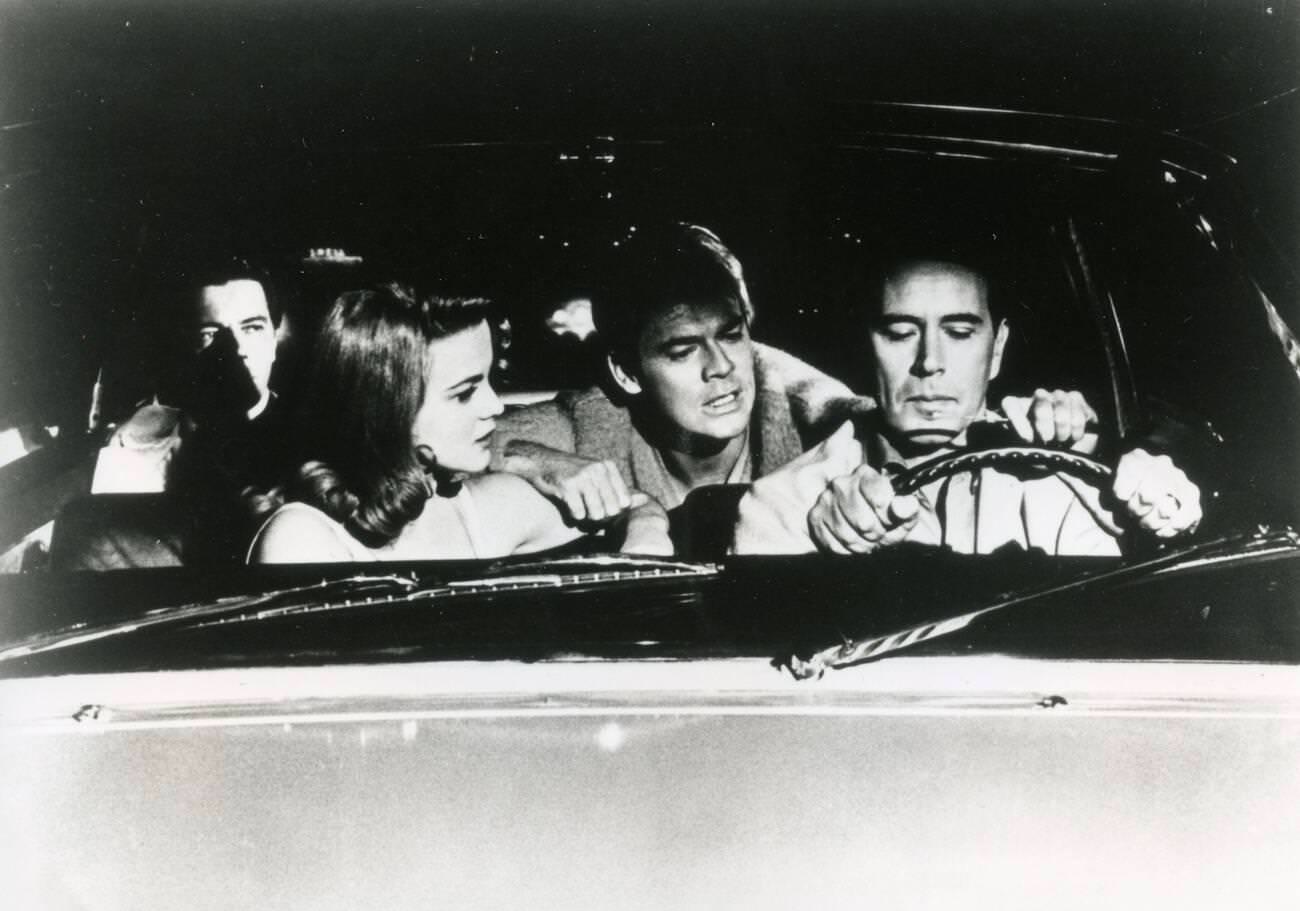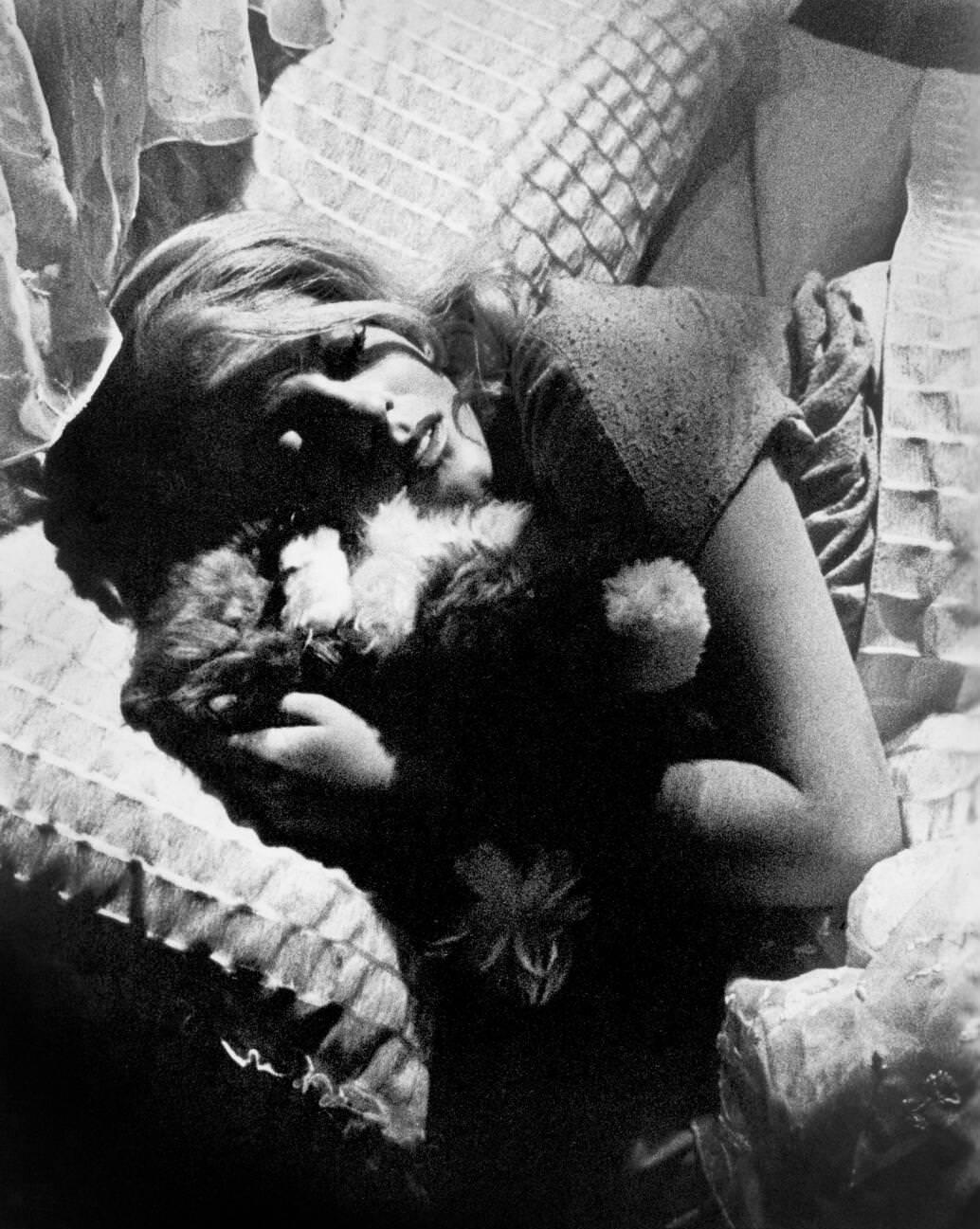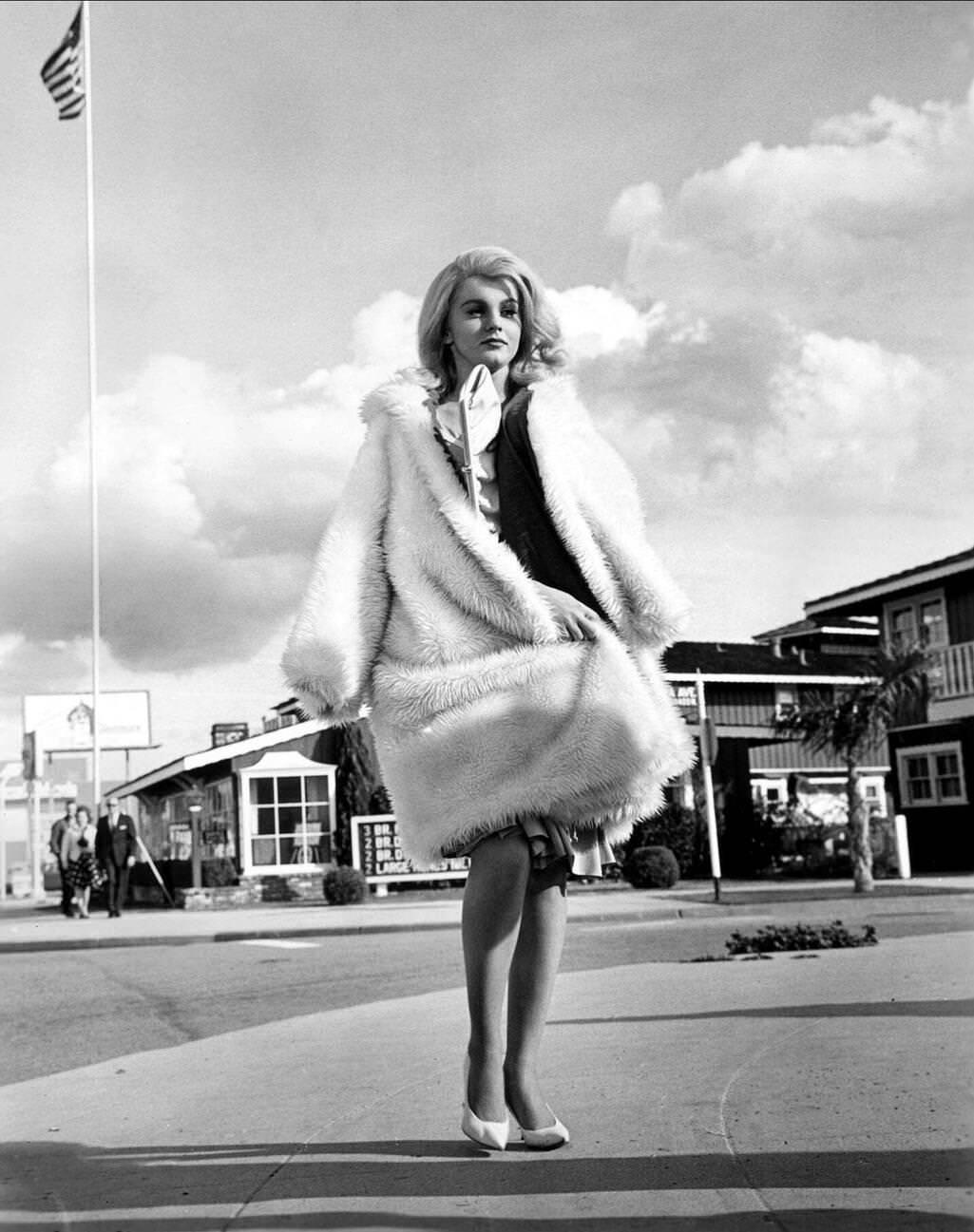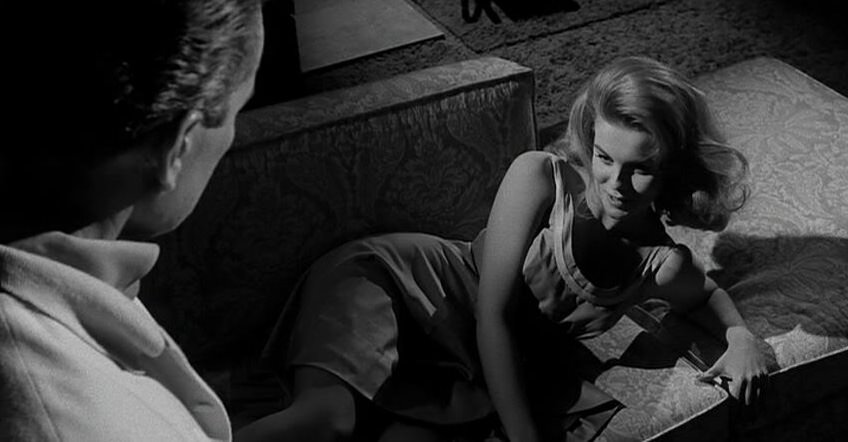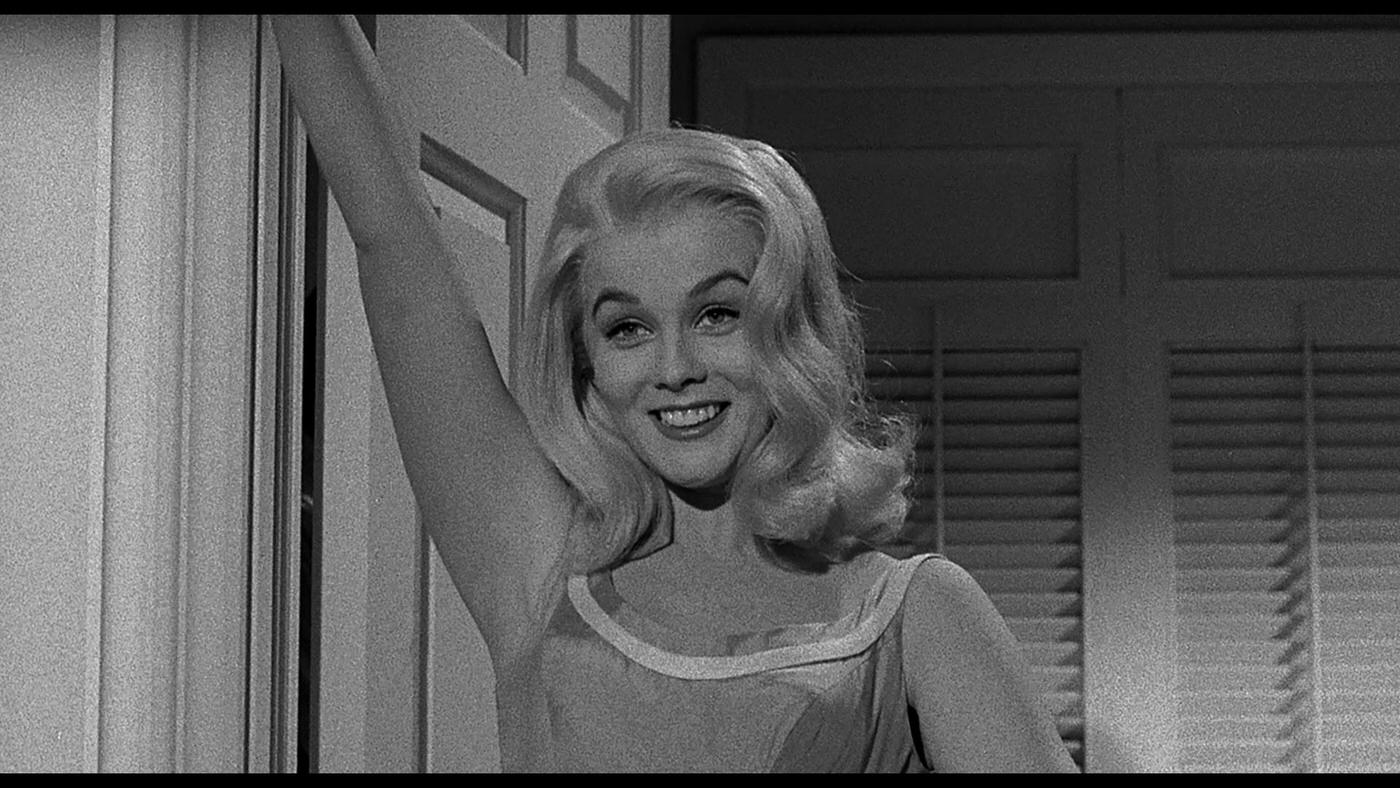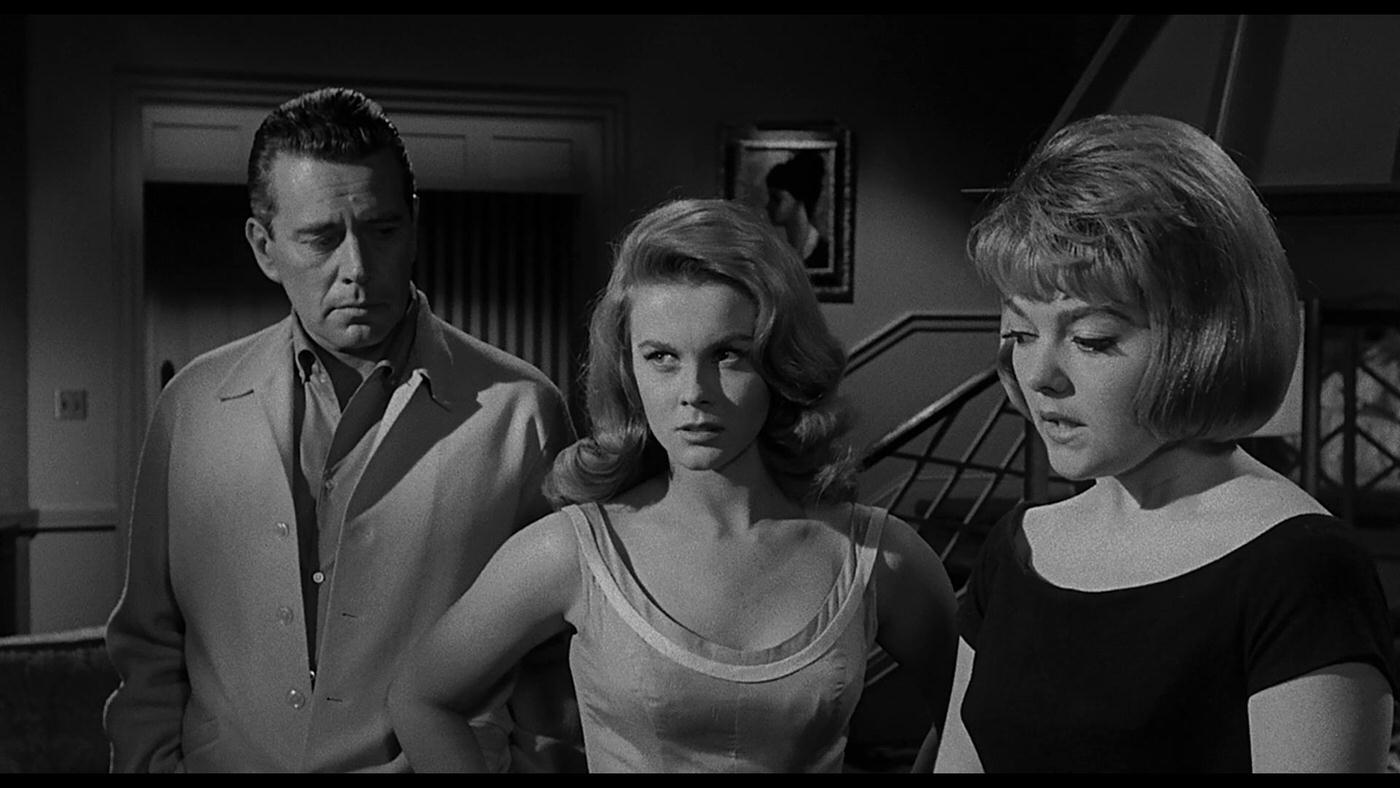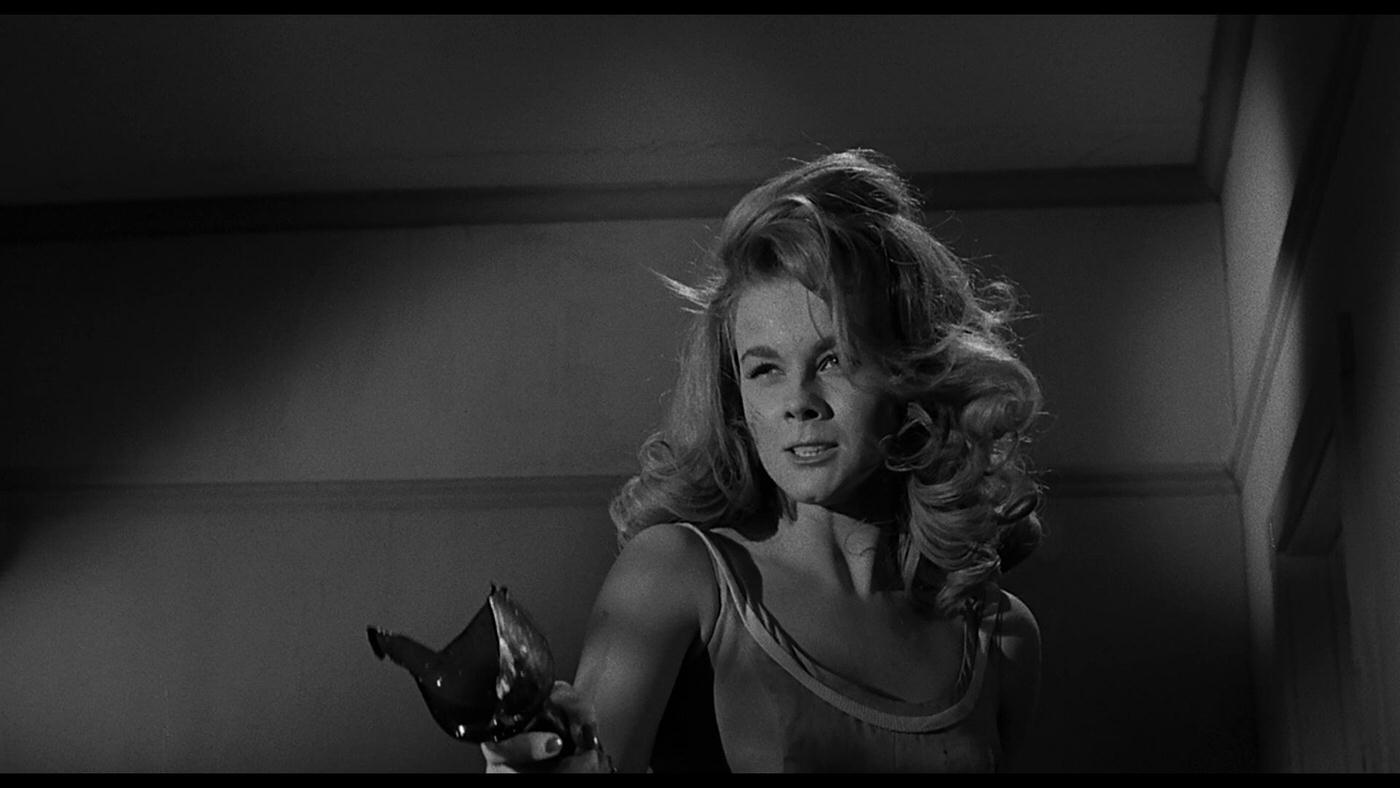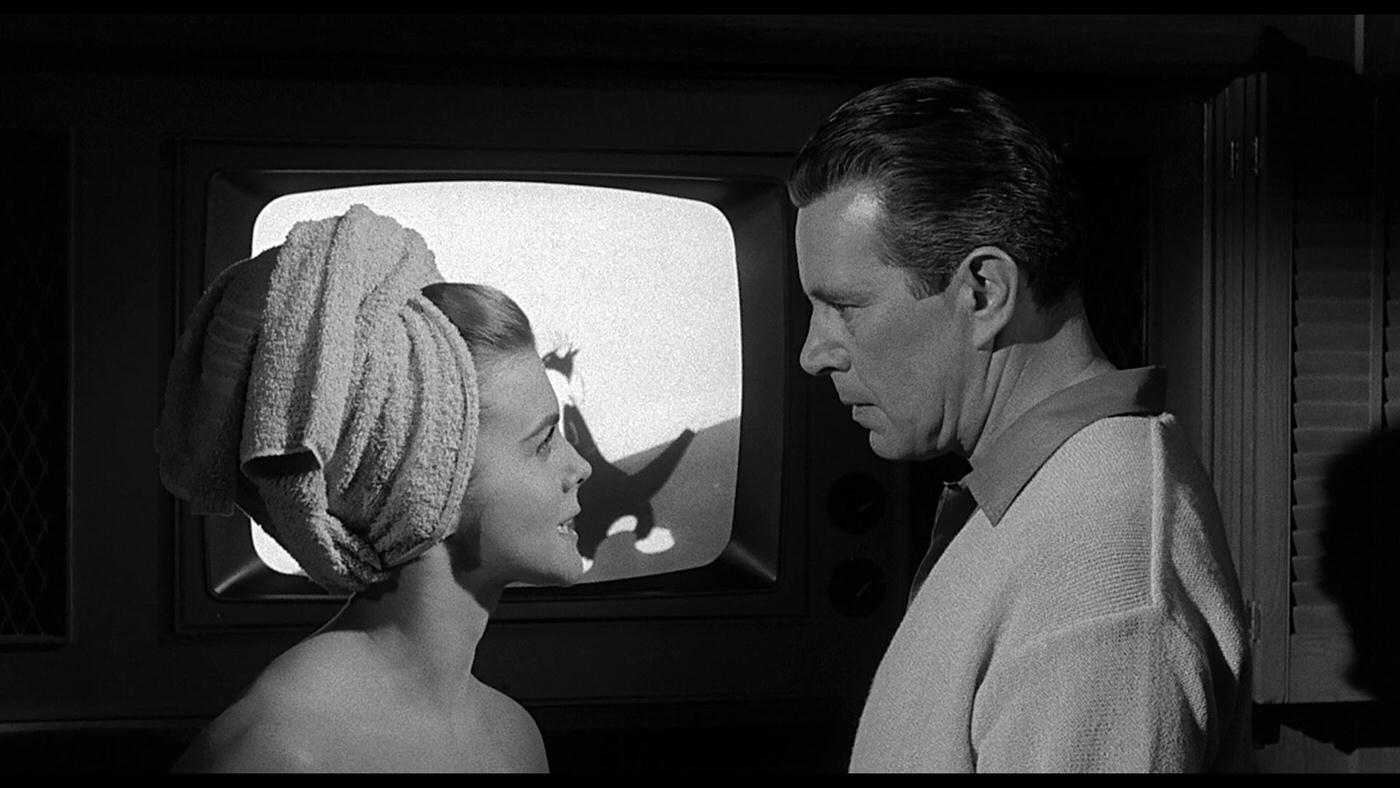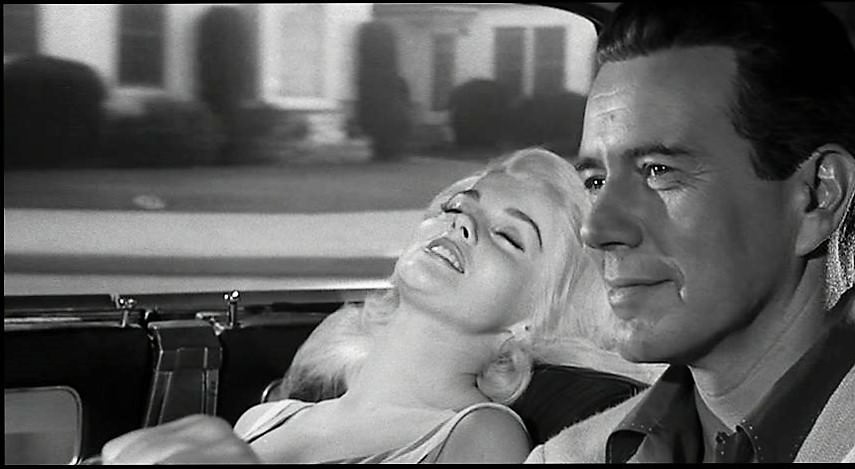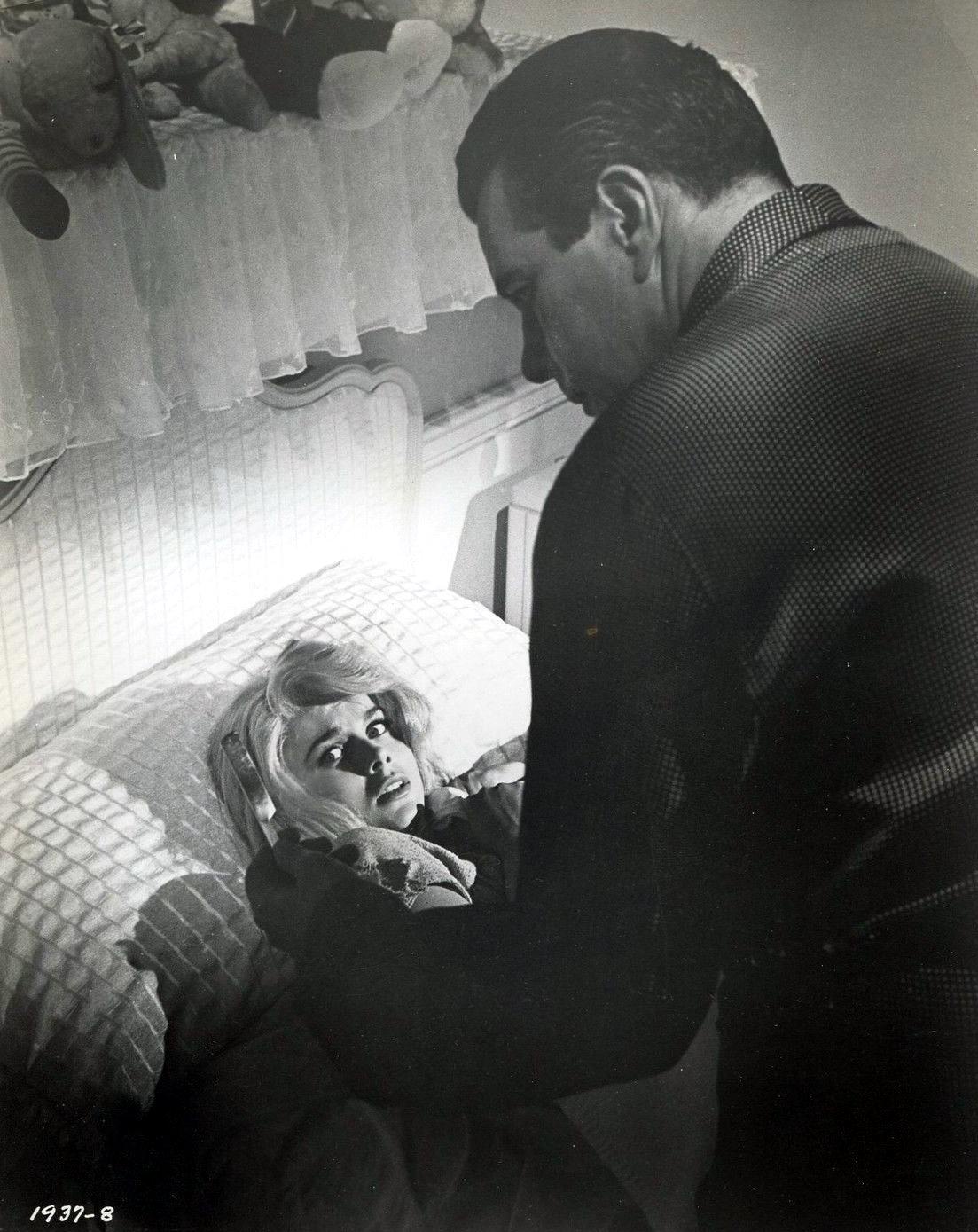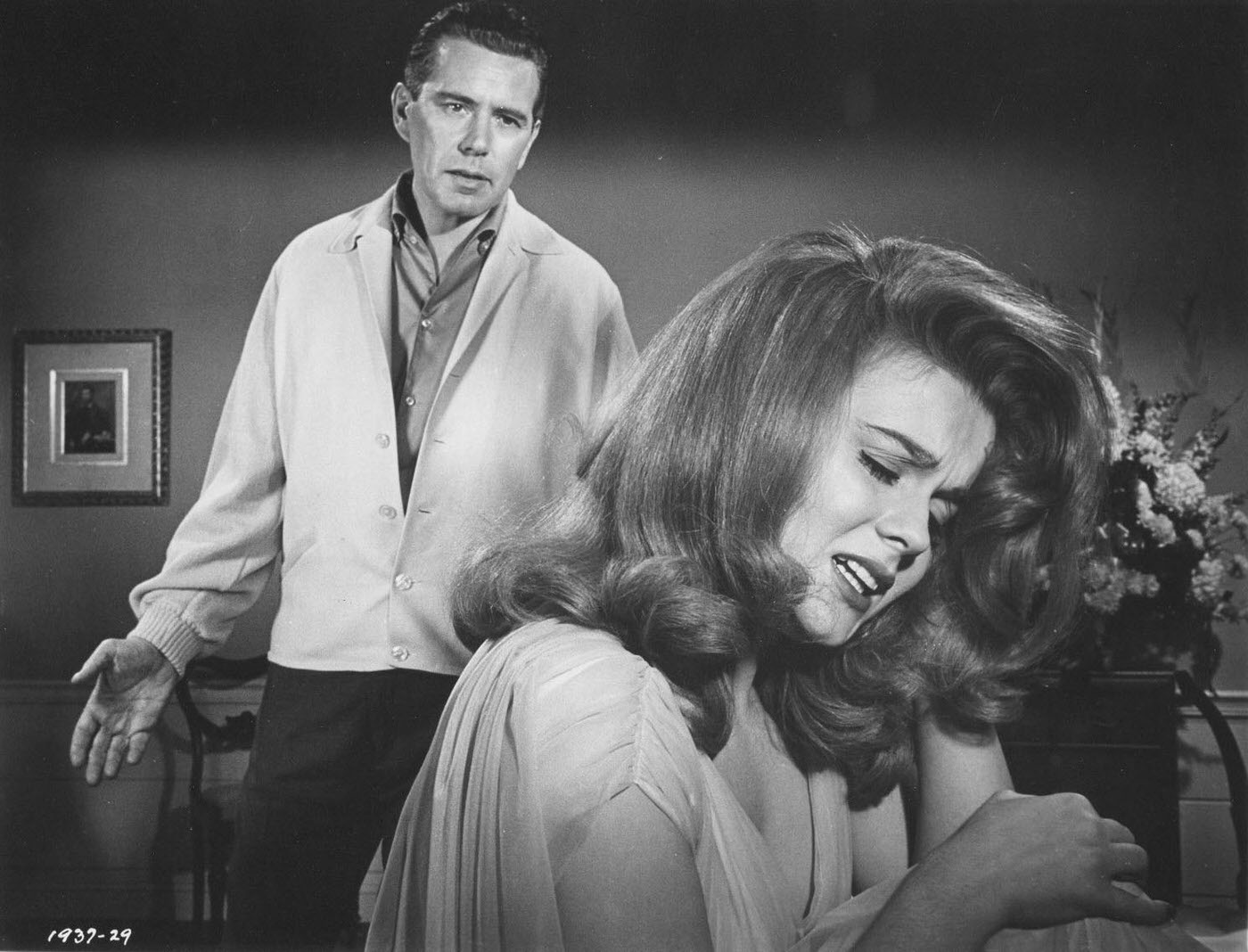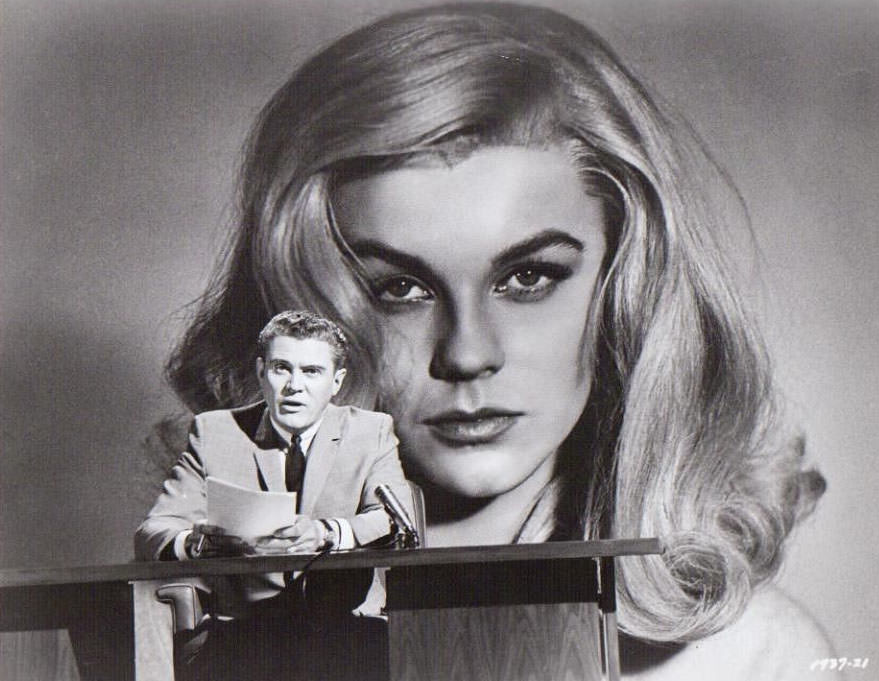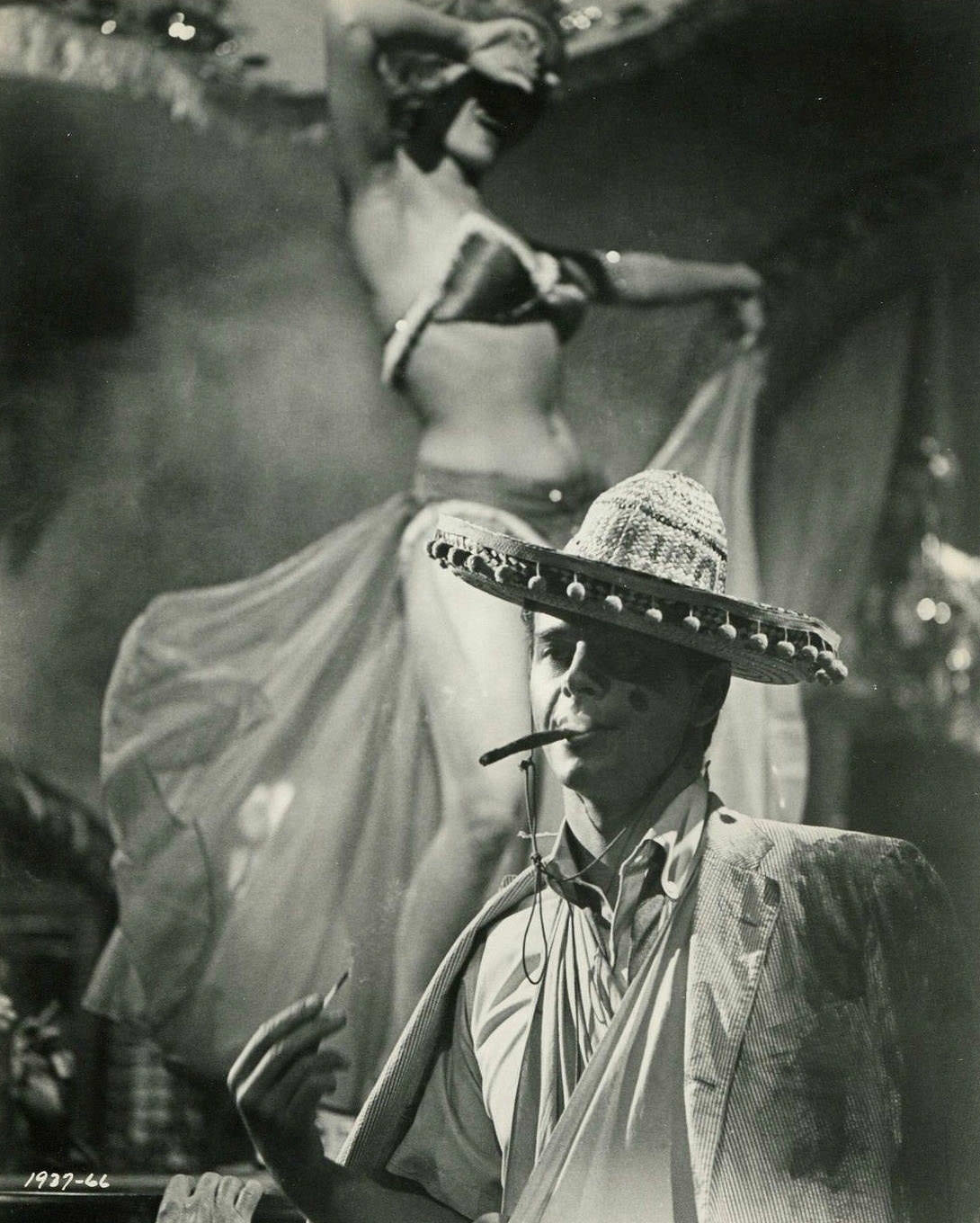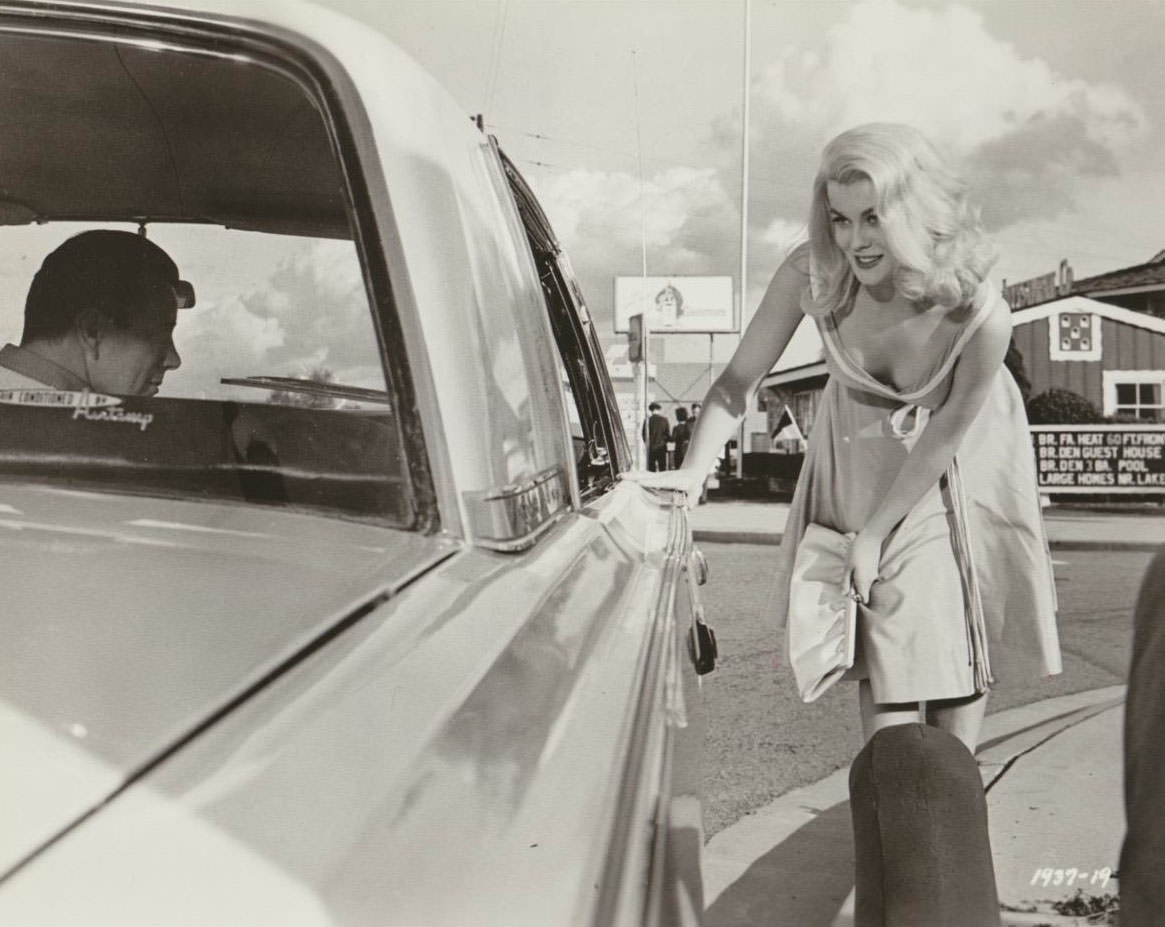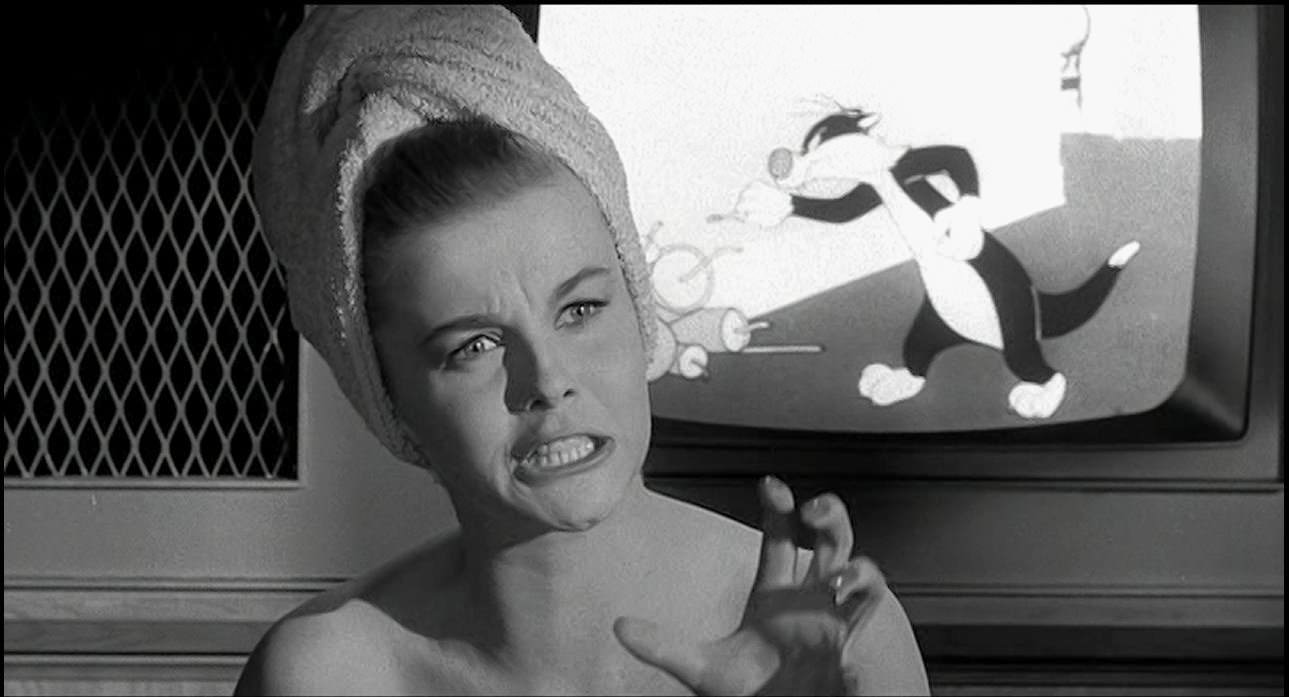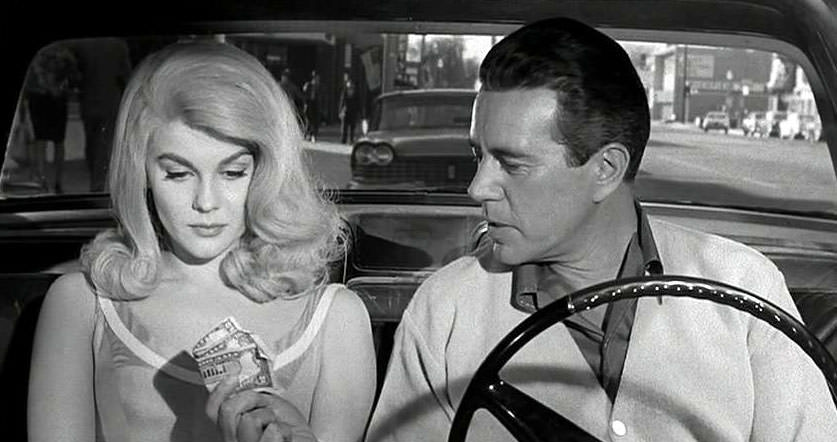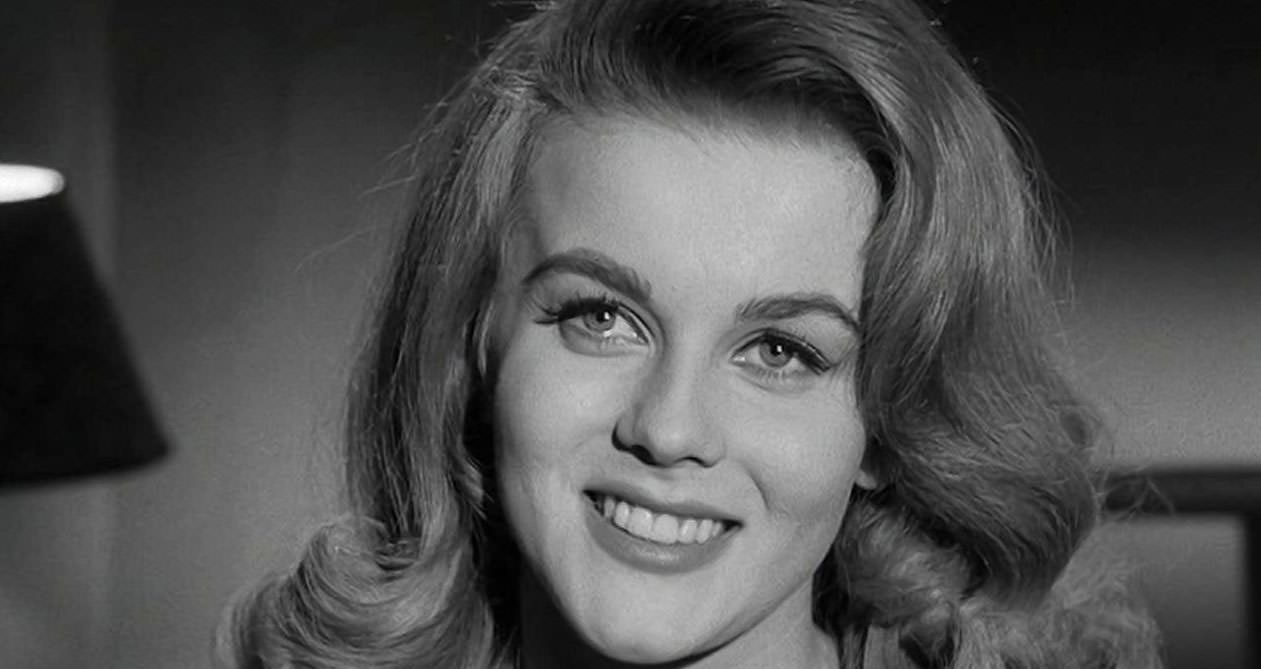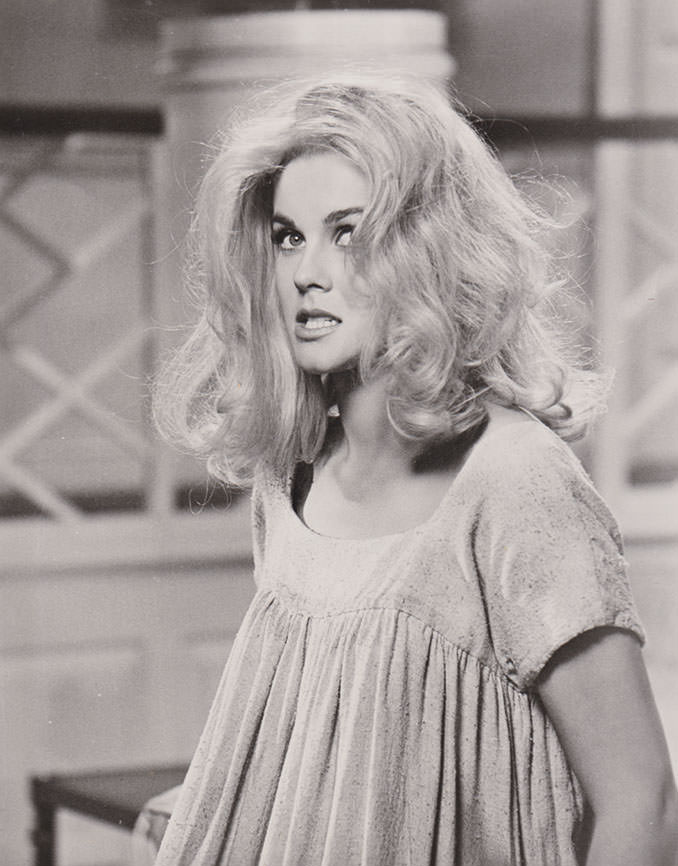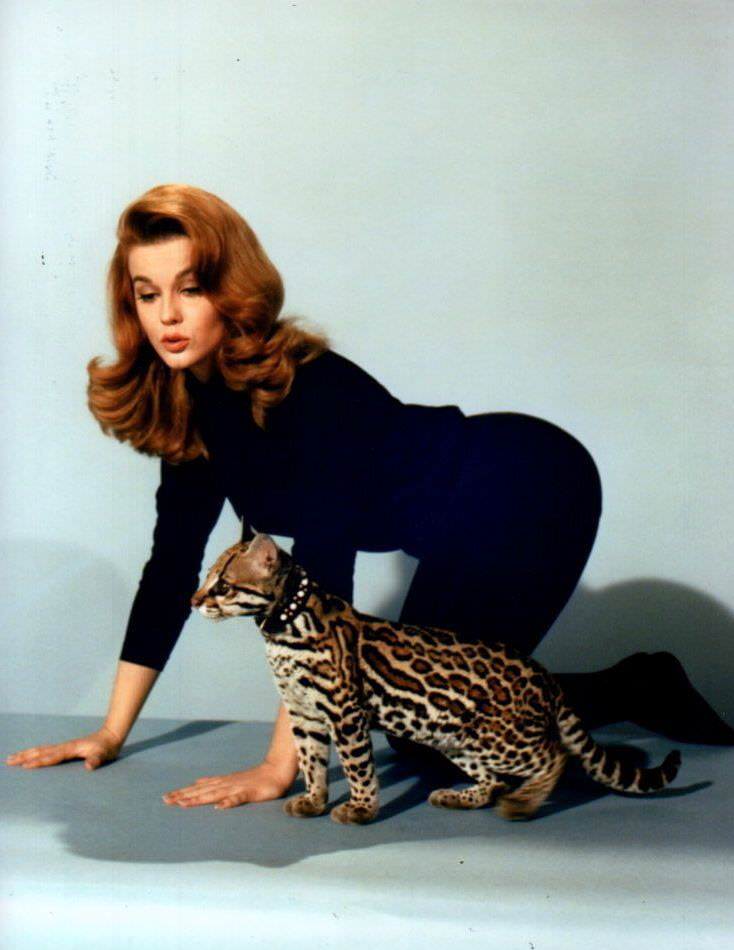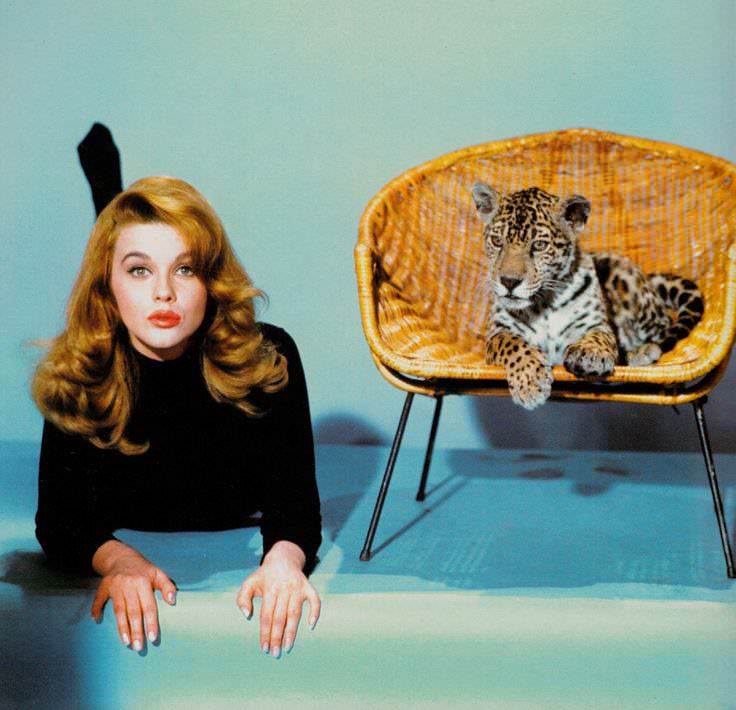Released in 1964, ‘Kitten with a Whip’ was a significant milestone in Ann-Margret‘s film career, a charismatic actress known for her versatile performances. In the film, she took a departure from her more wholesome roles to portray Jody, a troubled teenager with a penchant for chaos.
As the movie opens, we are introduced to David Stratton, played by John Forsythe, a man leading a peaceful suburban life in California. His world, however, turns upside down when he finds Jody, an escapee from a juvenile detention facility, hiding in his house.
The title, ‘Kitten with a Whip,’ perfectly encapsulates the film’s premise. Jody is the ‘kitten,’ appearing sweet, innocent, and harmless at first glance, but hiding a ‘whip’ – a dangerous, rebellious streak that causes havoc in David’s life.
What sets ‘Kitten with a Whip’ apart is its intriguing blend of suspense, drama, and a hint of noir, all wrapped up in the distinctive, stylish aesthetic of the 1960s. The film is a rich visual treat, from its mid-century modern interiors to the stylish costumes that define its characters.
Ann-Margret’s performance as Jody is captivating. She masterfully brings to life the complexity of her character, seamlessly switching between vulnerability and menace. Her portrayal of Jody was a far cry from her previous roles, and she tackled it with aplomb, proving her mettle as a versatile actress.
John Forsythe, best known for his later role in the television series ‘Dynasty,’ was equally impressive as David Stratton. His character’s journey from a complacent suburbanite to a man fighting to regain control of his life adds an engaging layer of tension to the film.
While ‘Kitten with a Whip’ was not a commercial blockbuster at the time of its release, it has since gained a cult following. Its unique blend of suspense and style, its exploration of themes like rebellion and identity, and its memorable performances make it a film worth revisiting.
In retrospect, ‘Kitten with a Whip’ is not just a film; it’s a snapshot of a time in Hollywood when boundaries were being pushed, both in storytelling and character development. It’s a testament to the changing face of cinema in the ’60s, a time when filmmakers were daring to explore darker themes and complex characters.


